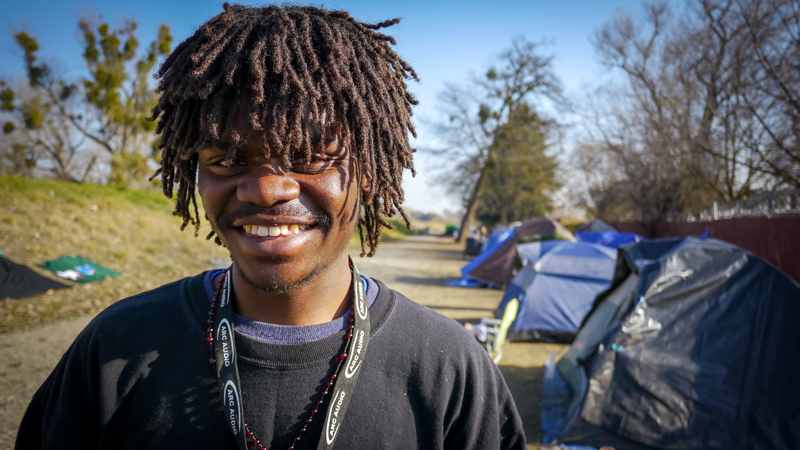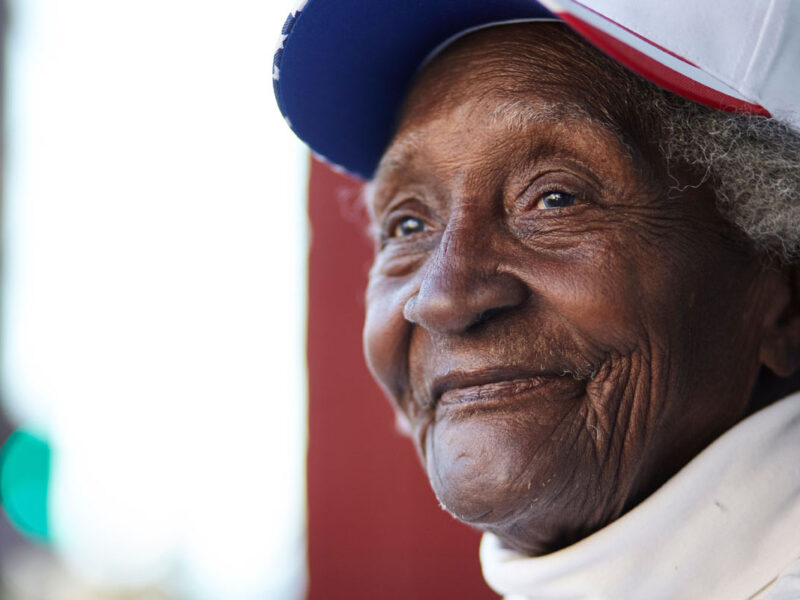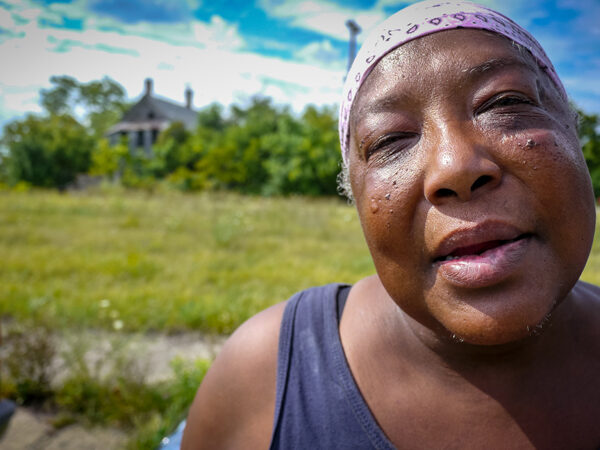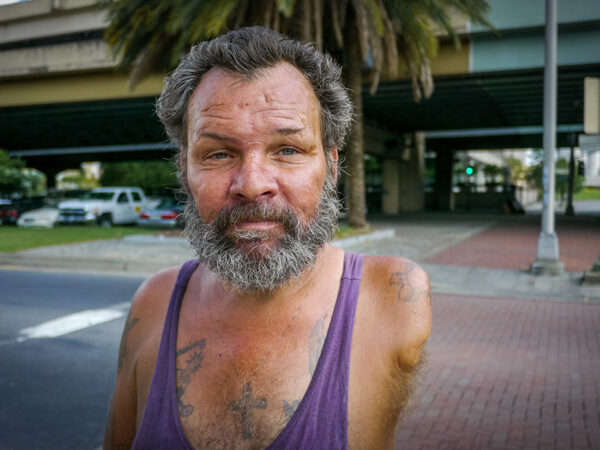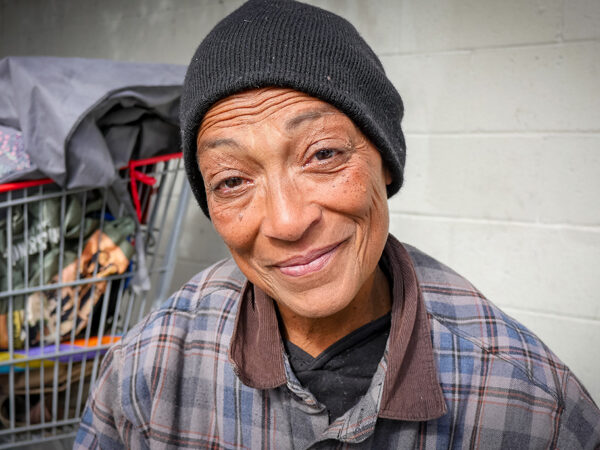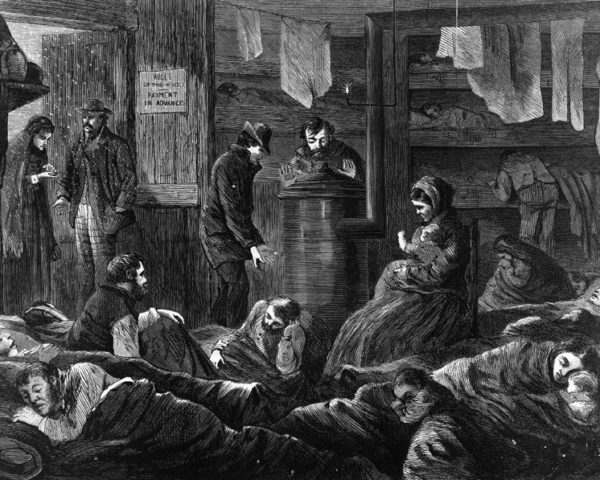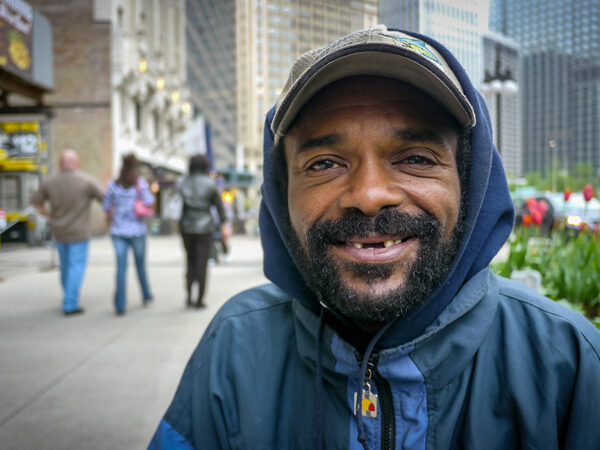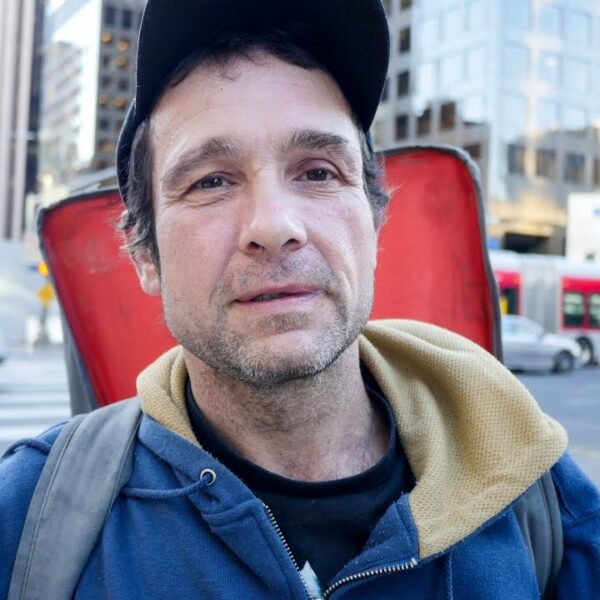Solutions to Homelessness
Homelessness is complicated because it is caused and perpetuated by many factors. Ending homelessness in America requires multifaceted solutions and “big picture” changes to federal, state, and local laws, regulations, and budgets. There are also solutions that can help end homelessness for individual people and families. We need to focus on both levels—change at the big picture and individual levels.
Solutions to homelessness include building more affordable housing, paying wages that cover the real costs of living, and increasing access to supportive services. This includes:
- Affordable health and mental health care services
- Transportation to work and school
- Quality daycare opportunities for young children
The federal government—as well as state, county, and local governments—control many of the laws, programs, and budgets that impact these solutions to homelessness. By changing laws, policies and funding levels, we can help end homelessness.
For example, since 2016, the federal government has been allocating funds annually to states through the National Housing Trust Fund for use in building, rehabilitating, preserving, and operating rental housing for extremely low-income people. However, more funding is required to meet the need. The Housing Trust Fund Implementation and Policy Group is a group of national advocates working to increase support and funding.
Ending Homelessness: Setting a Living Wage
Raising the minimum wage is another “big picture” change that could help homeless people (and prevent others from becoming homeless). The federal government sets a national minimum wage, and some states and cities have set higher minimum wages.
Being paid a living wage is an even better solution. A living wage is the minimum income necessary to meet basic needs including food, housing, and other essentials such as clothing and afford a basic—but decent—standard of living. The living wage amount varies by location and number of people in each household. The more people earning a living wage, the better. There are many minimum and living wage campaigns going on around the country.
Anti-Poverty Government Programs
The federal government authorizes and funds several “anti-poverty” programs run by state and local governments. The following programs are examples of those that can help homeless people. Maintaining, expanding and improving upon these programs will help increase access for people experiencing homeless.
- Housing vouchers and other housing programs, including Section 8
- Social Security Disability Income (SSDI) & Social Security Income (SSI)
- Temporary Assistance to Needy Families (TANF)
- Health insurance coverage through programs like Medicare, Medicaid, and Children’s Health Insurance Program (CHIP)
- Supplemental Nutrition Assistance Program (SNAP), WIC, free and reduced-price school and summer meals for kids, and child and adult care food programs
- Head Start and other early childhood education and care programs
- Job and career training services
On a more local level, there are programs and services that can help end homelessness for individual people and families. Homeless service programs and other organizations are working in communities around the country to provide shelter, find permanent homes, and connect homeless people with the services they need to regain stability.
Bridge to Permanent Housing
Emergency shelters, temporary housing, and other kinds of “bridge housing” are important parts of the solution to homelessness. It can take time to find permanent places for people to live after they have lost their homes. And when a community has a shortage of affordable housing, it takes time to build new homes.
Shelters get homeless people off the streets and temporarily provide a place to stay while looking for a long-term solution. They can provide places to sleep, store belongings, take a shower, and make meals. Shelters can also help people begin to get back on their feet by helping with housing and job searches, connecting parents with daycare and other resources for young children, and making sure school-age kids are enrolled in school and connected with school staff who can support them.
It is also important for homeless people and families to move quickly into permanent housing solutions. Many programs implement a “Housing First” approach by quickly connecting homeless people to permanent housing without preconditions and requirements such as sobriety. “Continuums of Care” (regional and local planning bodies that coordinate housing and services funding for homeless families and individuals) throughout the country are implementing coordinated entry system processes to ensure all people experiencing a housing crisis have fair and equal access and are quickly identified, assessed for, referred, and connected to housing and assistance based on their strengths and needs. Some organizations and communities are starting up host home programs to address the specific housing needs of homeless youth.
Addressing Trauma
When a person experiences a traumatic event—or multiple traumatic events—it can disrupt healthy development, adversely affect relationships, and contribute to mental health challenges. Many homeless people have experienced trauma, either before, during and/or after experiencing homelessness. For this reason, all programs and services working to end homelessness should provide trauma training to staff and volunteers. Otherwise, well-meaning service providers risk re-traumatizing trauma survivors.
Trauma-informed care is a way of structuring programs and providing services that involve understanding, recognizing, and responding to the effects of all types of trauma. It emphasizes physical, psychological, and emotional safety and helps survivors re-build a sense of control and empowerment.
Read more about how you can help homeless people.







